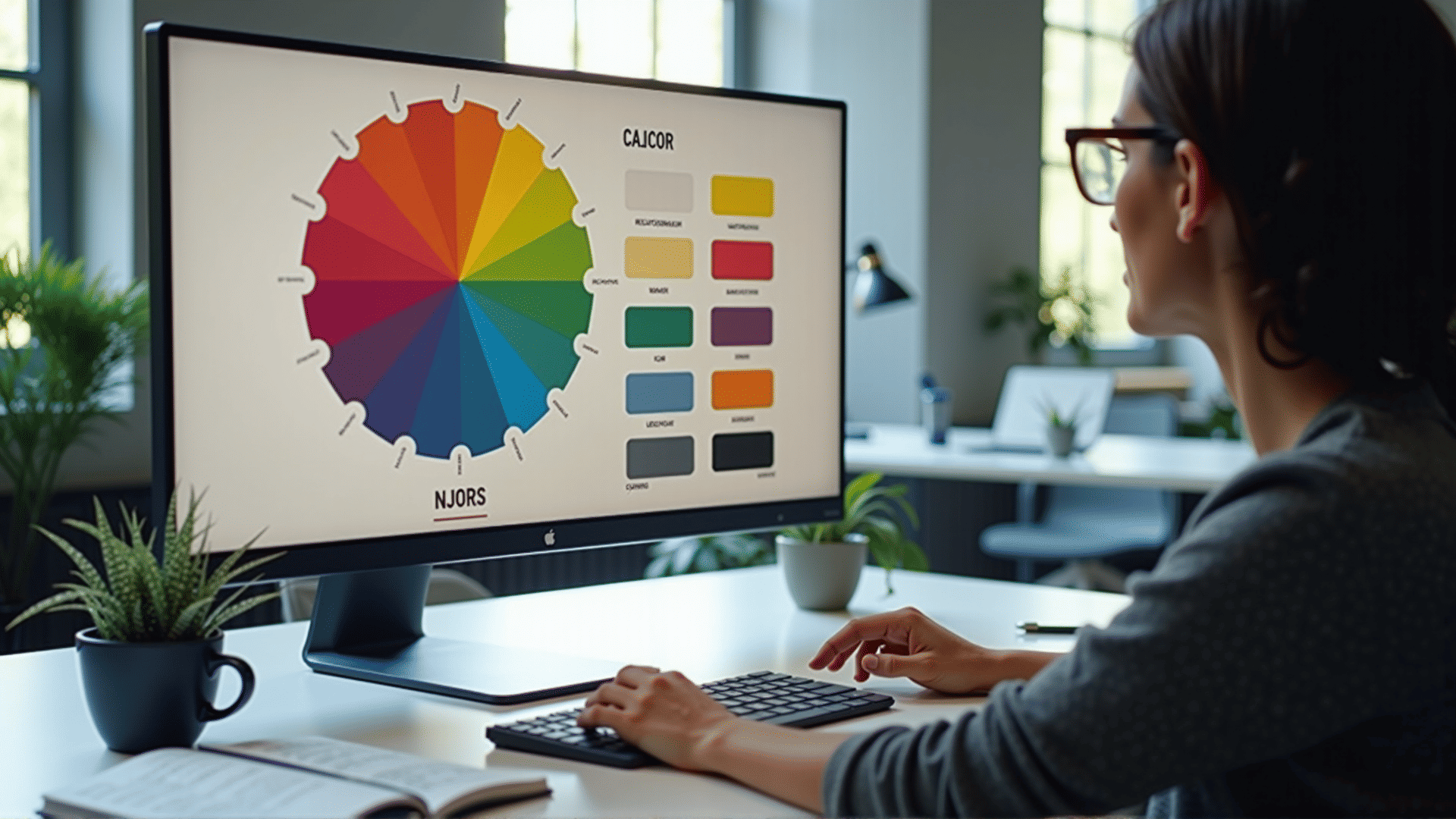In today's digital era, crafting an aesthetically pleasing and user-friendly website is crucial for capturing and maintaining the attention of visitors. One fundamental aspect of creating such appealing designs is the effective use of color theory. Understanding how color choices influence user perception and behavior can greatly enhance web design, resulting in more engaging and successful digital experiences.
Color theory is the art and science of using color, combining both aesthetic appeal and psychological effects to create harmony and evoke specific emotions. At its core are the color wheel and the relationships between different hues—complementary, analogous, and triadic schemes among others. Each of these schemes brings its own unique mood and emotional undertone to a design, making it imperative for designers to choose wisely based on the message they intend to convey.
Color has the power to elicit immediate emotional responses. Warm colors such as reds, oranges, and yellows tend to evoke feelings of warmth, passion, or urgency, while cool colors like blues, greens, and purples can promote calmness, trust, and professionalism. By selecting color palettes that align with the desired user response, designers can subtly guide emotional reactions and behavior on a website.
For example, in creating a welcoming and energetic layout, a designer might opt for a complementary scheme involving bold reds and greens to stimulate the senses. Conversely, for a serene and calming platform, a designer may choose an analogous scheme of soft blues and greens to soothe the viewer. These choices can impact not only how users feel but also how they navigate and interact with the website.
Beyond individual color selections, achieving color harmony is vital in web design. Harmony involves balancing color choices to create a pleasing visual experience. This can be achieved through various techniques, such as maintaining a consistent color scheme throughout the website, using accent colors sparingly to draw attention to key elements, and ensuring contrast for readability, especially crucial for text legibility.
Furthermore, accessibility is a key consideration in modern web design. This involves ensuring that color choices do not interfere with the ability of users with visual impairments to navigate the site effectively. Designers must consider color contrast ratios and avoid overly relying on color alone to convey important information. Utilizing accessible design practices ensures a wider audience can comfortably and confidently interact with a site.
Cultural context also plays a significant role in color interpretation. Colors can have different meanings across cultures; for instance, while white is often associated with purity in some cultures, it signifies mourning in others. Understanding the target audience and their cultural context allows designers to select colors that communicate the intended message without unintended misunderstandings.
In conclusion, color theory is a powerful tool in web design that influences user perception and behavior. By strategically choosing and harmonizing colors, designers can create visually appealing and functional websites that resonate emotionally with visitors. The thoughtful application of color theory not only enhances the aesthetic quality of a design but also improves user experience by fostering the right emotional connections and ensuring accessibility for all users.
